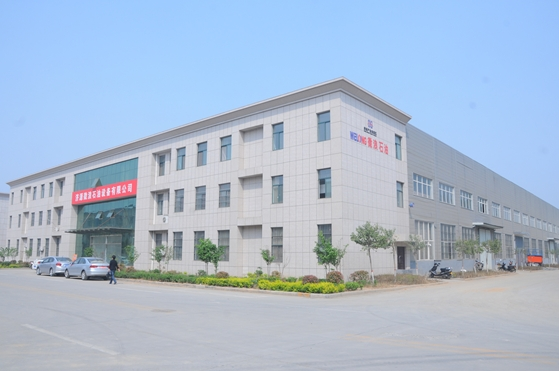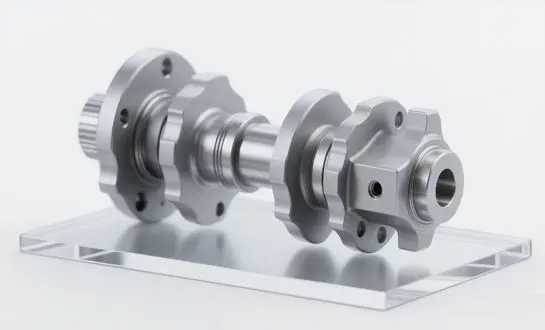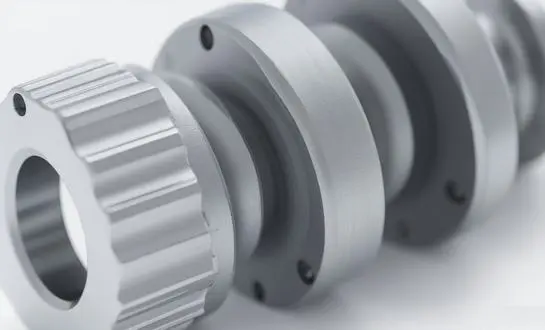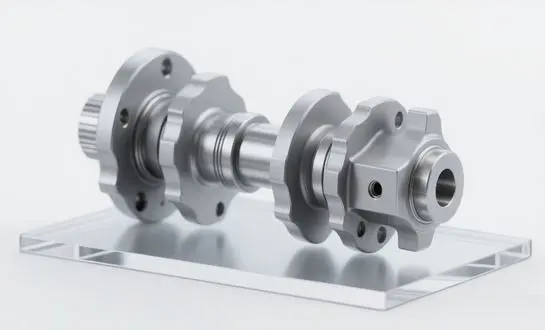Key Components: From Hydraulics to Controls
The Heart of the Bucking Unit: Hydraulic Systems
At the core of every Bucking Unit lies a sophisticated hydraulic system. This system is responsible for generating the substantial torque required to properly connect and tighten threaded components. The hydraulic components include pumps, valves, and actuators, all working in harmony to deliver precise and controlled force.
Control Systems: Brains Behind the Brawn
Modern Bucking Units are equipped with advanced control systems that oversee every aspect of the operation. These systems include:
- Programmable Logic Controllers (PLCs)
- Human-Machine Interfaces (HMIs)
- Torque monitoring sensors
- Position feedback devices
Gripping Mechanisms: Precision and Power
Any Bucking Unit's gripping mechanism is essential. The pipe or connection must be held firmly and damage-free by it. The never-stick gripping mechanisms included in high-tech tools provide a secure grasp with little surface damage.
Maintenance Milestones: Extending Equipment Lifespan
Daily Checks: The Foundation of Reliability
To maintain optimal performance, Bucking Units require daily attention. This includes:
- Inspecting hydraulic fluid levels and quality
- Checking for any loose connections or visible wear
- Ensuring all safety systems are operational
- Cleaning and lubricating key components
Scheduled Maintenance: Proactive Care
Periodic maintenance is essential for the longevity of a Bucking Unit. This typically involves:
- Replacing worn components
- Calibrating control systems
- Updating software
- Conducting thorough inspections of structural integrity
Overhauls and Upgrades: Breathing New Life
As technology advances, Bucking Units may benefit from major overhauls or upgrades. This might include:
- Retrofitting with more efficient hydraulic systems
- Implementing advanced control algorithms
- Upgrading to more durable materials for high-wear components
Performance Optimization: Adapting to Different Terrains
Adjusting for Various Pipe Sizes and Materials
One of the strengths of a well-designed Bucking Unit is its versatility. To optimize performance across different applications, operators must be able to adjust:
- Gripping force: Adjusting the gripping force ensures that the Bucking Unit firmly secures pipes of various diameters without causing surface damage, slippage, or deformation during operation.
- Rotation speed: Properly setting the rotation speed allows the unit to accommodate different pipe materials, preventing thread damage, improving efficiency, and maintaining consistent connection quality.
- Torque output: Controlling torque output is essential for achieving secure, leak-free connections, especially when working with varying pipe strengths, wall thicknesses, and material properties in diverse applications.
- Thread engagement depth: Adjusting thread engagement depth ensures precise alignment and secure fitting of components, reducing the risk of leaks, mechanical failures, or damage during high-pressure or heavy-duty operations.
Environmental Considerations: From Arctic to Desert
Bucking Units often operate in extreme environments, from the frigid Arctic to scorching deserts. To maintain peak performance, considerations must be made for:
- Temperature extremes affecting hydraulic fluid viscosity
- Dust and sand protection for moving parts
- Corrosion resistance in high-humidity or saltwater environments
- Stability on various terrains
Data-Driven Improvements
Modern Bucking Unit manufacturers are increasingly incorporating data analytics to drive performance improvements. By collecting and analyzing operational data, operators can:
- Identify patterns that lead to increased efficiency
- Predict maintenance needs before failures occur
- Optimize energy consumption
- Refine operating procedures for specific conditions
This data-centric approach allows for continuous improvement throughout the lifecycle of the equipment.
Conclusion
Understanding the lifecycle of a Bucking Unit is crucial for maximizing its value and ensuring its longevity in the demanding environment of oilfield operations. From the initial selection of components to ongoing maintenance and performance optimization, each stage presents opportunities to enhance efficiency and reliability. By focusing on regular maintenance, adapting to various operating conditions, and leveraging data-driven insights, operators can significantly extend the useful life of their Bucking Units while maintaining peak performance. As technology continues to advance, staying informed about the latest developments in Bucking Unit design and operation will be key to remaining competitive in the oil and gas industry.
Elevate Your Operations with Welong's Premium Bucking Units
As a leading Bucking Unit manufacturer, Welong understands the critical role these machines play in your operations. Our Bucking Units are designed with cutting-edge technology and built to withstand the harshest conditions, ensuring unparalleled performance and longevity. With over two decades of experience in the oilfield industry, we offer not just equipment, but a partnership that supports your success throughout the entire lifecycle of your product. Experience the difference of precision engineering and dedicated support – choose Welong for your product needs. Contact us at oiltools15@welongpost.com to discover how we can enhance your oilfield operations today.
References
1. Smith, J. (2024). "Advanced Hydraulic Systems in Modern Bucking Units." Journal of Oilfield Technology, 45(2), 78-92.
2. Johnson, A. & Lee, S. (2023). "Maintenance Strategies for Long-Term Bucking Unit Reliability." International Petroleum Engineering Conference Proceedings, 312-325.
3. Brown, R. (2025). "Environmental Adaptations of Bucking Units: From Arctic to Desert." Oilfield Equipment Review, 18(4), 203-217.
4. Wilson, M. et al. (2024). "Data Analytics in Bucking Unit Operations: A Case Study." Big Data in Oil and Gas Exploration, 2nd Edition, Elsevier, 145-160.
5. Garcia, L. (2023). "The Evolution of Control Systems in Bucking Units." Automation in Petroleum Engineering, 29(3), 412-426.
6. Thompson, K. & Patel, N. (2025). "Material Innovations for High-Wear Components in Bucking Units." Materials Science in Oilfield Applications, 7(1), 55-69.





